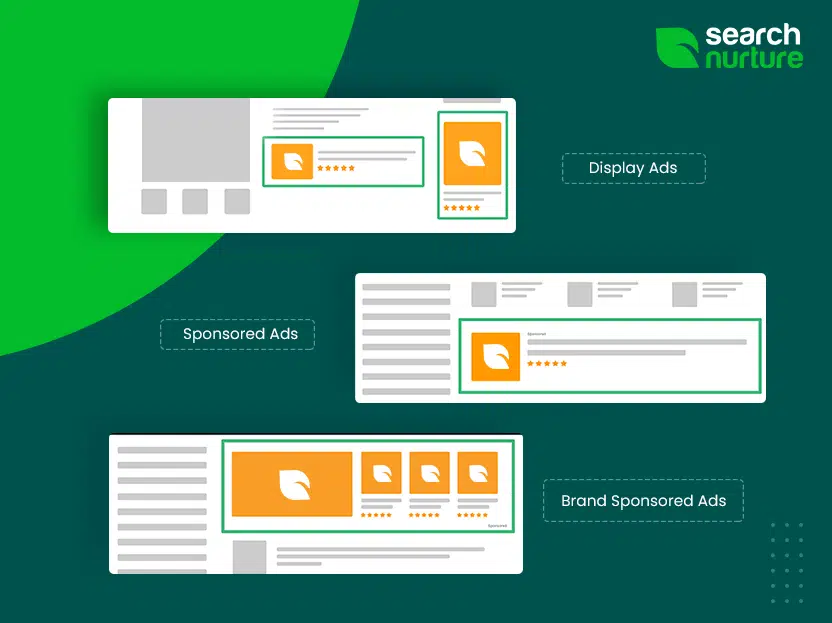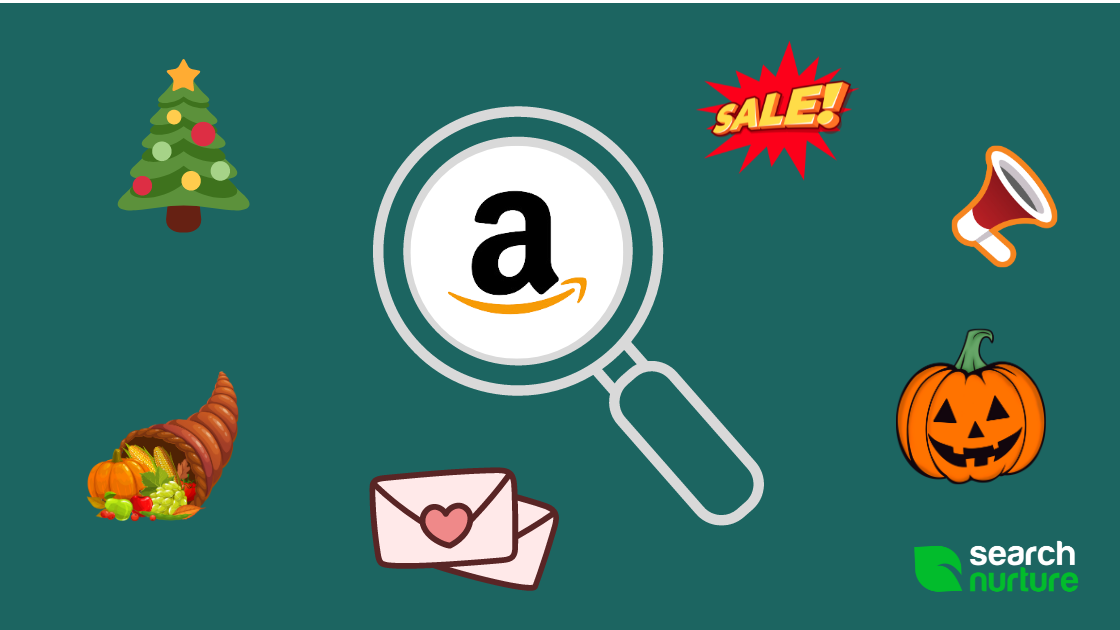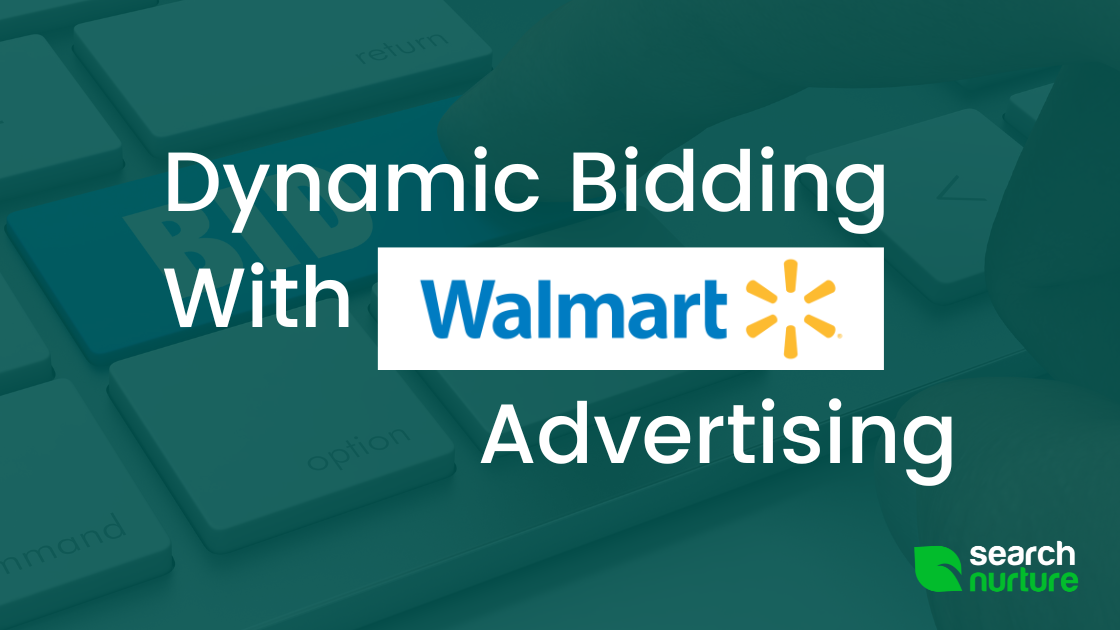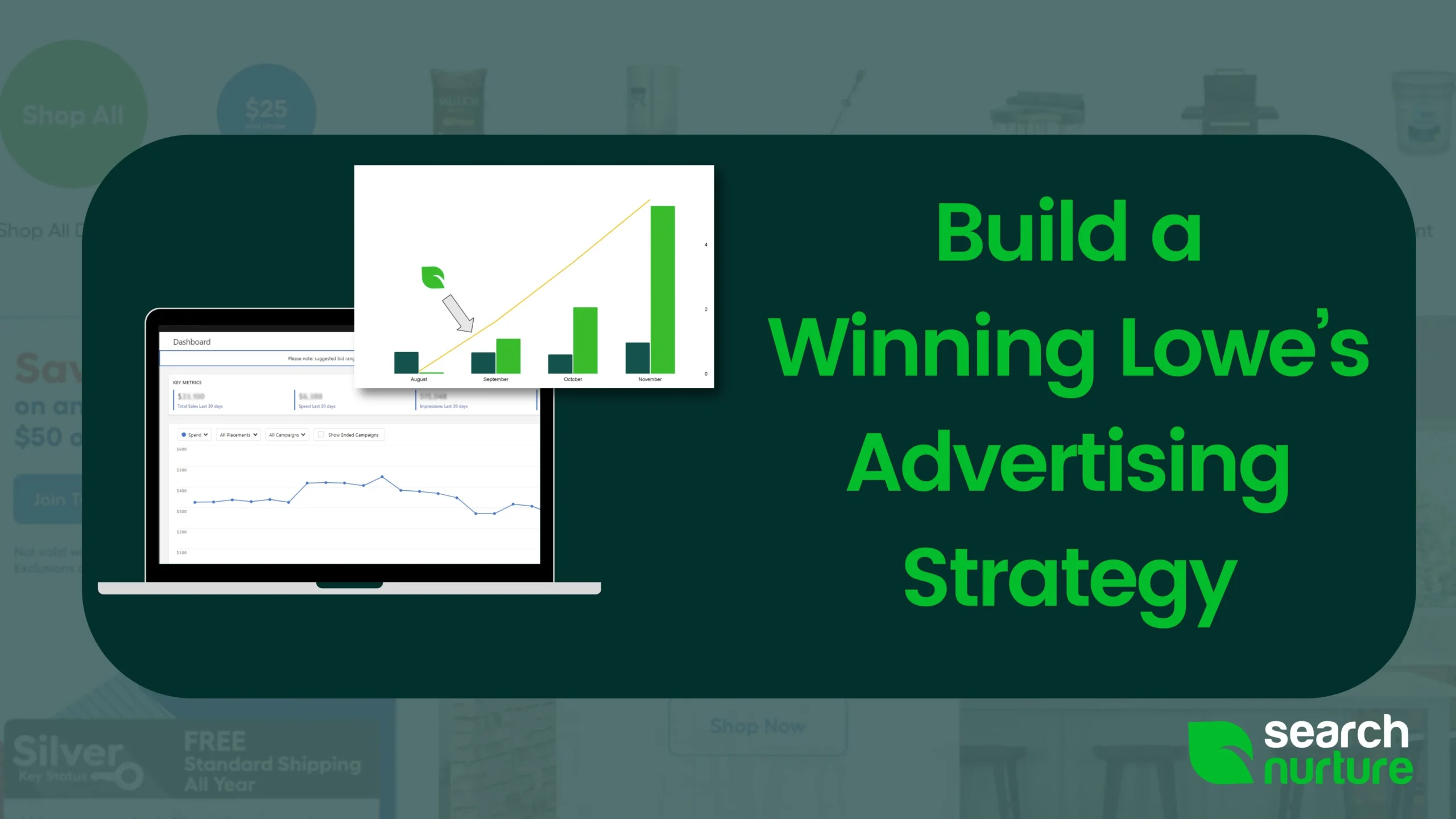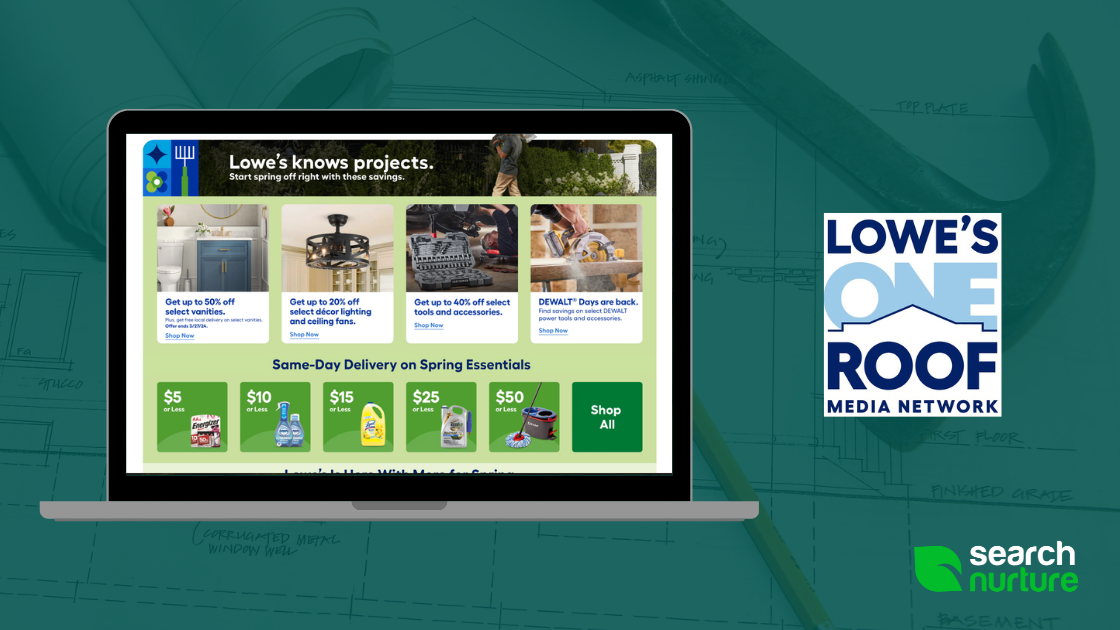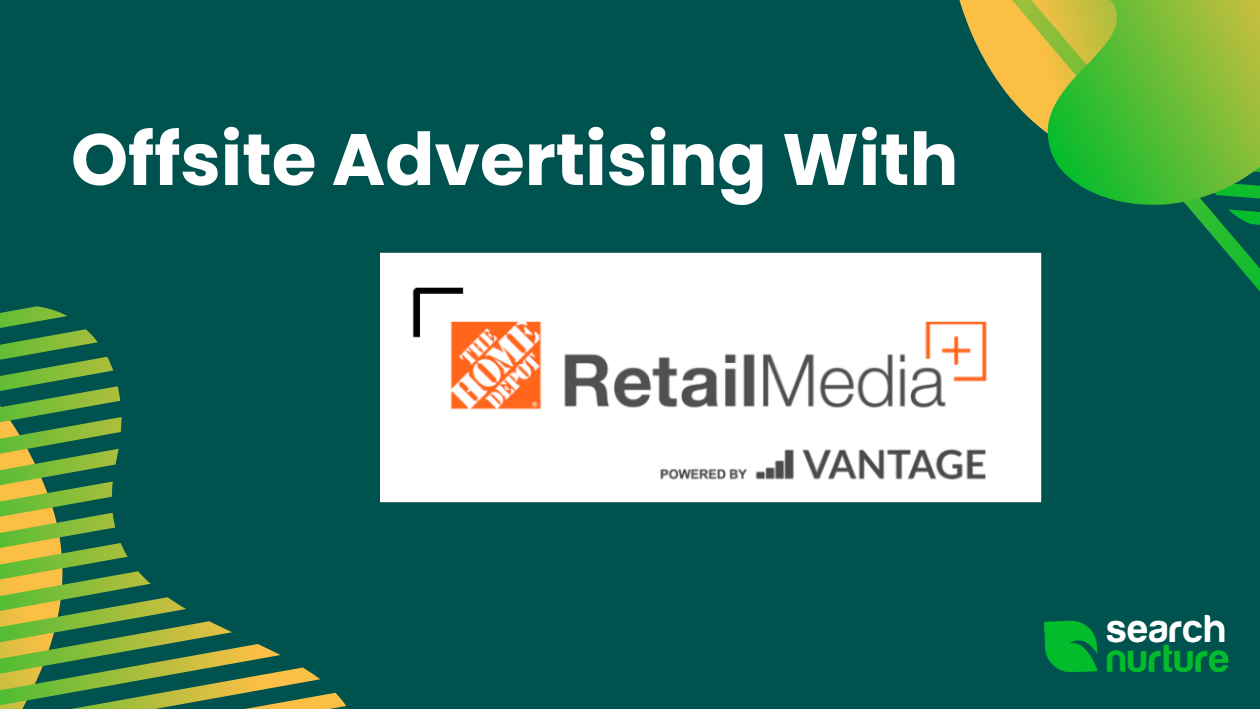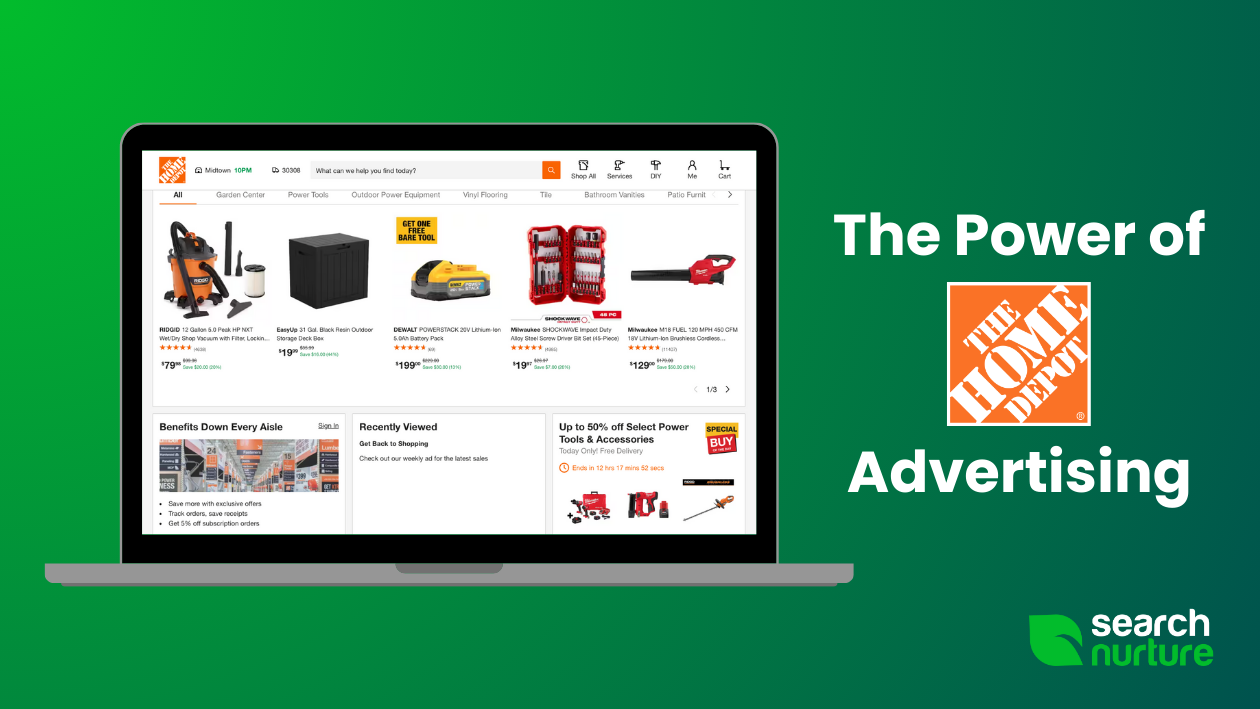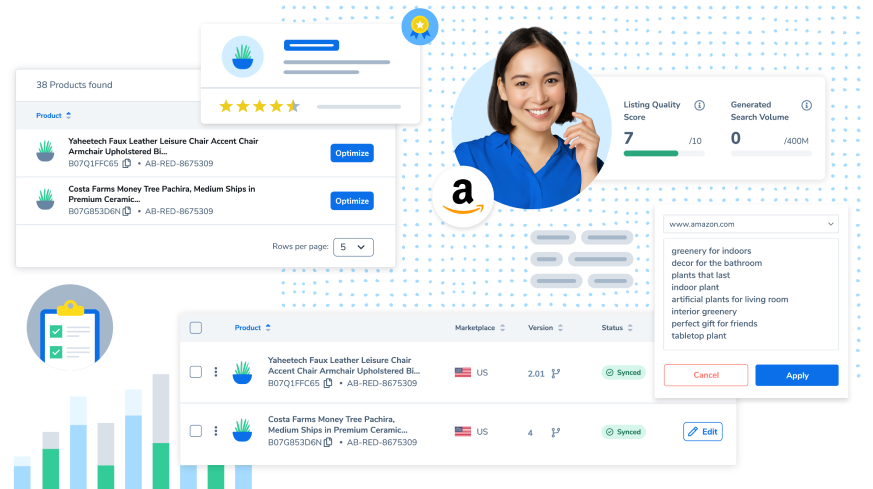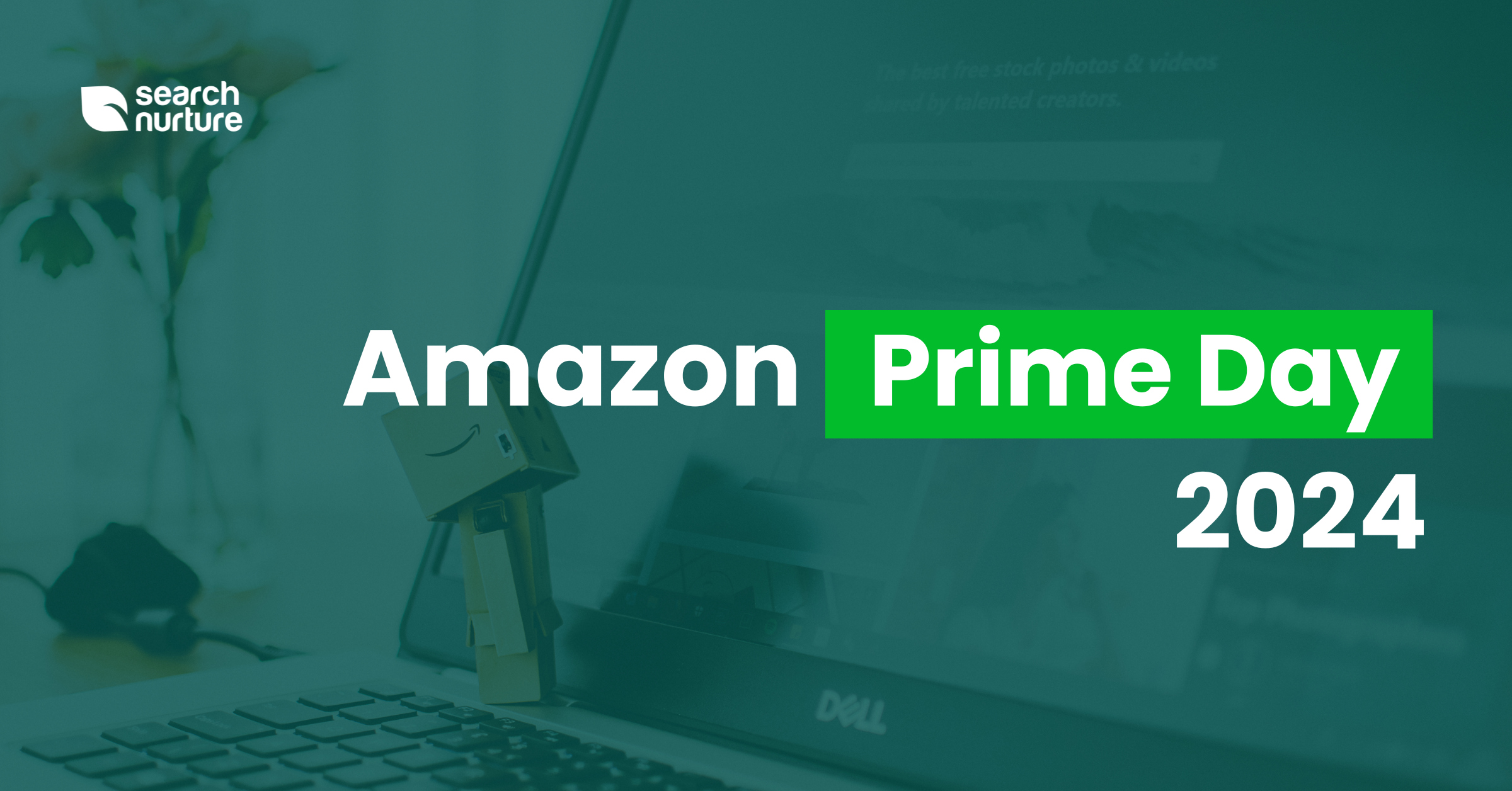Did you know that Amazon had more than 3 billion visits every month in 2020 alone? Amazon’s popularity has only continued to soar since then and it doesn’t look like it will be waning any time soon. For that reason, many people are starting to use Amazon to boost their businesses, especially with the help of different types of Amazon ads.
By using multiple ad types that target all different audiences throughout the funnel, you are able to target in market customers, wherever they might be in their shopping journey. A wide variety of ads is more efficient and allows for more granularity than just using a single ad type. By employing a highly strategic approach across all ad types, you can increase your traffic, conversions, and total business on Amazon.
Keep reading and learn more about advertising with Amazon and the different ads you can use.
Why Use Amazon Ads in the First Place?
As mentioned before, Amazon is one of the most popular websites around. The majority of people in the United States (not to mention people from other countries) regularly use Amazon to buy various products. Because there is such a huge number of people visiting Amazon every day, it only makes sense to try advertising products online with this website such as by using ads for Amazon sponsored brands or Amazon sponsored products. Even those who do not use Amazon to purchase directly, often begin their customer journeys on the website, meaning ads can be used to increase customer views and research that they may take offline.
Amazon ads range in price immensely, depending on your industry, competition and scale. All things considered, they can be quite pricey, especially for newer brands. However, after just a short time of investment and management, odds are very high that you will be seeing a ROAS of 1 to 1 or better, sometimes significantly. This means you can offset the cost of your ads while increasing your exposure to Amazon’s massive audience.
The majority of Amazon ads show up in locations that are easy to find and easy to click on. This is true for both desktop and mobile devices, so you won’t be missing out on people who happen to be using Amazon on their phones. The ads blend seamlessly with normal listings, as to not disrupt the customers shopping experience and increase the likelihood that they will click on and purchase from your ad. The exact location of an ad on Amazon will depend on what kind of ad you’re paying for.
Some ads are more expensive than others, this is due to the fact they offer different levels of content, from regular product listings to full fledged videos, and plenty in between.Again, paying a little bit extra for better branded ads is often a worthwhile trade, due to the higher click-through and conversion rates. The cheaper ads on Amazon will still bring you a lot of business due to the very high volume at which they serve due Amazon’s high traffic.
What Are Sponsored Product Ads on Amazon?
Sponsored product ads are the most common type of ad on Amazon for a variety of reasons. These product ads, as the name suggests, involve promoting your company’s products in the guise of a standard product listing, on both search and product pages. These are based on keyword searches and the product pages targeted within the campaigns.
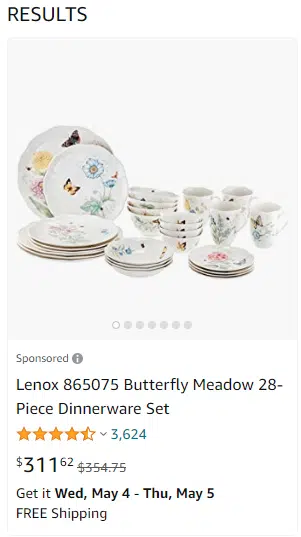
These sponsored product ads are PPC (or pay-per-click) ads for eCommerce. That means that whenever someone clicks on these ads, you will pay for the ad. Each ad position is one campaign, however, you can assign multiple products and ad groups to appear for different searches, or based on the customer’s purchasing habits.
It might seem difficult to promote a wide variety of products with just sponsored ads, however by determining the subtle differences, you can *But even so, these ads can still work very well when it comes to promoting one product. That’s because sponsored product ads allow you to target certain keywords that your audience might have an interest in.
For example, if you know your audience is interested in buying dinnerware sets, you can make your product ads focus on the keyword “dinnerware.” You can do this automatically or manually, depending on what you want out of your ads and how specific you want to be. Choosing automatic can be very helpful because it can save you time and energy that you could use to build your brand in other ways. Furthermore, automatic can be used as a “net” to find solid search terms you might not find otherwise.
However, if you do choose automatic targeting for keywords, Amazon will be the one to come up with the ad keywords based on what keywords your products cover. The great thing about these ads is that they pop up in areas that are out in the open and easy to see. They will show up not only on product detail pages but also at the bottom of the search results.
What Are Sponsored Brands?
Sponsored brands – also called Headline Search Ads – are another type of Amazon ad that can be essential to your Amazon advertising strategy. Sponsored brands are pay-per-click ads, which means you only pay for the ad after someone clicks on it (and not before). We recommend learning more about Amazon PPC metrics so you can better understand how your ads compare.

When it comes to the benefits of Amazon advertising, Sponsored Brands have a few more benefits compared to ordinary product ads. That’s because you are allowed to advertise up to three different products with these ads compared to product ads which only allow you to advertise one product. This is ideal if you have several products that you would like to bring more attention to.
As with product ads, keywords play an important part in sponsored brands. However, choosing the keywords you want for your campaign works a little differently in this case. You will need to bid on keywords that will best fit your products that can then be used in the ads.
By doing this, you can be very specific as to what keywords you do and don’t want to target. If you want to target the keyword “dinnerware sets” and related keywords but not “lip balm” or “black lipstick,” you won’t have any problems doing so. Again, you can choose between the manual or automatic option for choosing keywords.
When you choose the automatic option, you have the opportunity to free up some of your time, and though the keywords will be high-quality, some of them might not be exactly what you want. When you choose the manual option, on the other hand, you can choose exactly the keywords you want to target. This can be ideal if you want to advertise very specific products from your brand. A manual keyword strategy is typically the better way to go here, so you can target customers at multiple stages of the funnel with optimal control.
Sponsored Brands Video Ads
Another Amazon ad type that is becoming more and more popular is the Sponsored Brands videos ad. While video may seem intimidating, creating a video ad for the Amazon marketplace doesn’t require a big budget or fancy film set. According to Amazon, the optimal length is between 15 and 30 seconds.
Here’s more Amazon video ad advice:
- Show the product in the first 2 seconds of the video. This is your chance to make the best first impression possible to customers.
- Include the product function in the first 5 seconds of the video.
- Keep in mind mobile view. Make sure the product is not too small throughout the video.
Here’s an example of what Sponsored Brand video ads look like:
What Are Product Display Ads?
When it comes to Amazon paid search marketing, Product Display Ads are quickly becoming a more popular and competitive option. These ads are also pay-per-click and can be very specific when it comes to targeting a customer’s interest in particular products and brands. More than that, these ads can target entire categories of products that a customer might have an interest in.
These ads can be very effective if you’re trying to build a larger audience for your brand. By seeing the broad interests that your target audience has, you can run ads that will cater to those interests as much as possible. By doing this, you are able to get one step ahead of the competition by targeting your audience in a faster and more specific way.
There is a big difference between product display ads and the previous two ads: product display ads don’t focus on keywords. Instead, this type of ad draws a relationship between the interests of your customers and your brand’s products. Product display ads are also very versatile because not only do they show up on Amazon but they can also show up on other websites that are not Amazon.
Instead, they can show up on Amazon-related websites, such as Amazon Fire TV. This can be ideal if you are really trying to branch out and reach as large of an audience as possible. On Amazon, you will find these ads in the customer review section, product detail pages, and even emails.
By using these ads, you can get one step ahead of your competitors who might only be using sponsored product ads or sponsored brands. That way, your brand could grow larger than your competitors ever could. What else could you ever ask for?
Amazon Advertising Services
Because there are different types of Amazon ads, you have the opportunity to target your audience in different ways. But not only that, but you also have the opportunity to grow your audience and target people that you might not have otherwise had the chance to target. This is big news if you are trying to focus on growing your business and promoting certain products.
Need help managing your Amazon campaigns? Wondering which other retail platforms are worth exploring? Schedule a call with our retail advertising experts. We’ll show you what it’s like working with advertising pros who know the ins and outs of Amazon and other ad platforms like Walmart.com, Wayfair and Instacart.


